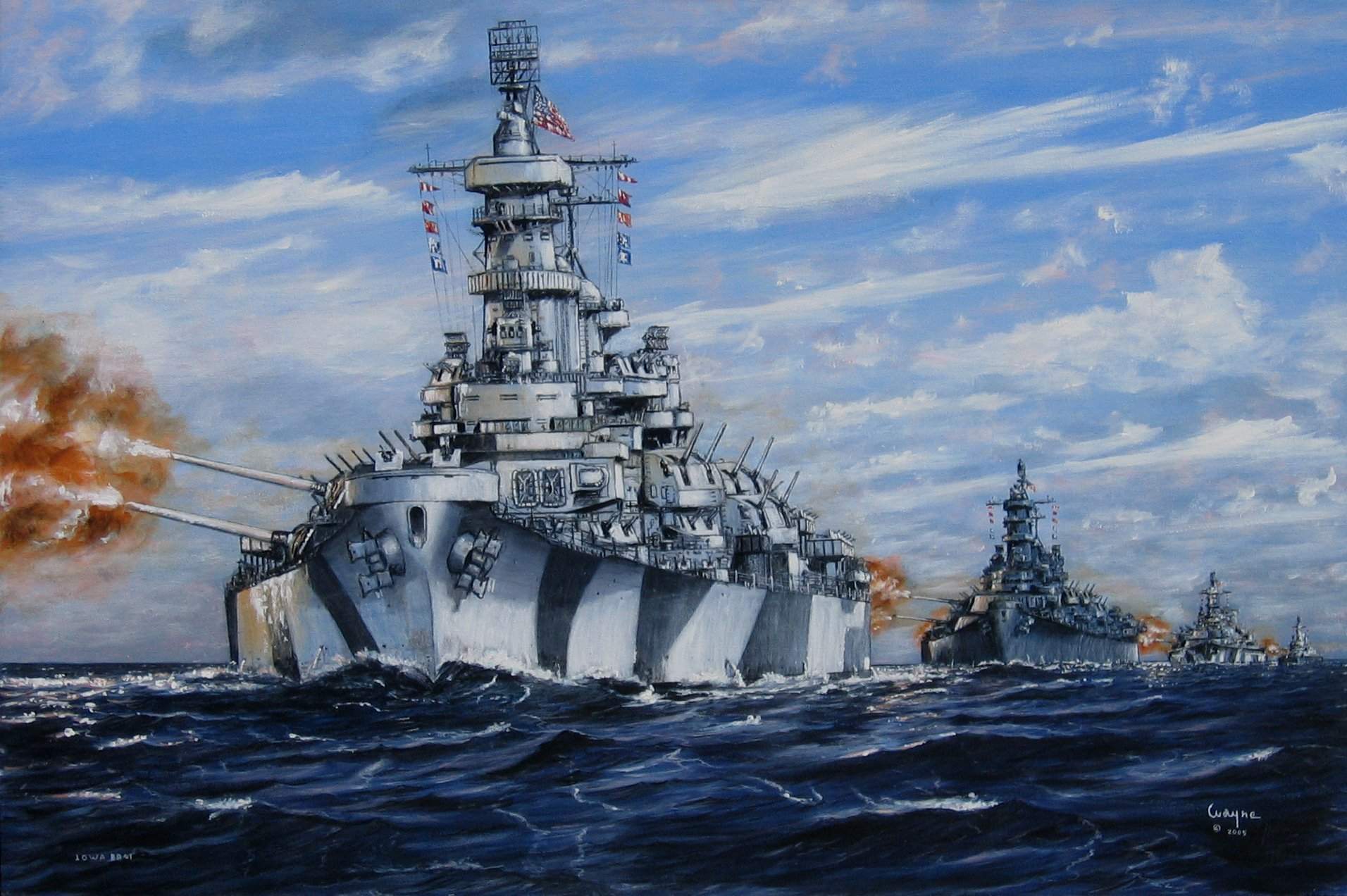

Japan’s real intentions in Mexico at this time were probably opportunistic she was ready to take advantage of favorable circumstances but not ready for open aggression. Subsequently, Tuchman presents a view both she and other American historians seem to adhere to which is represented by her observation that: Just at this moment in April 1915, Americans were swept up in a first class genuine war scare by the news that a Japanese battle cruiser the Asama was mysteriously maneuvering in Turtle Bay on the coast of Mexican Lower California. Why should the grounding of a Japanese cruiser cause such a stir? What circumstances had placed a vessel of the Imperial Navy in these isolated Mexican coastal waters? What was it about the ship’s activities that has caused Barbara Tuchman, a major American historian to remark: So it was that the time, the place, and events all coalesced to keep the Asama’s story not only current in the American press for over seven months, but under the closest scrutiny by high officials of the United States government.

1915, however, was not a normal year for either the United States or for California, and the Asama was not an ordinary warship-it was a Japanese warship. The grounding of a foreign man-of-war in another country normally generates little, if any, interest in the American press. Only the bay’s remote location and almost total lack of fresh water has kept it from becoming a major Mexican port. 2 Puerto San Bartolome, situated some three hundred miles south of San Diego in one of the most desolate and isolated parts of the peninsula, is generally conceded to be one of the best natural harbors on the West Coast. The storm was still blowing on the morning of Februwhen the San Diego Union headlined a page one report of the grounding six days earlier of the 9000 ton Japanese armored cruiser Asama at Puerto San Bartolome, Baja California. The steamer Harvard was reported overdue in San Pedro from San Francisco, and a number of other ships were reported to be in distress in an area ranging from the Oregon border to Cape San Lucas in Baja California. San Diego readers were also told that this same storm had ripped the roofs off houses in Los Angeles, and caused dangerous flooding on the Sacramento and Feather rivers. City officials were estimating that the community’s water system had impounded over 131 million gallons of water, and that the Dulzura Conduit would continue to pour over forty million gallons of water into Lower Otay Reservoir every day the storm continued.

The San Diego Union reported that the area’s rainfall was already eight-tenths of an inch greater than the previous year’s entire total, and it was now only February 3rd. IT HAD been raining steadily in San Diego for more than a week. Instructor of History and Political Science


 0 kommentar(er)
0 kommentar(er)
